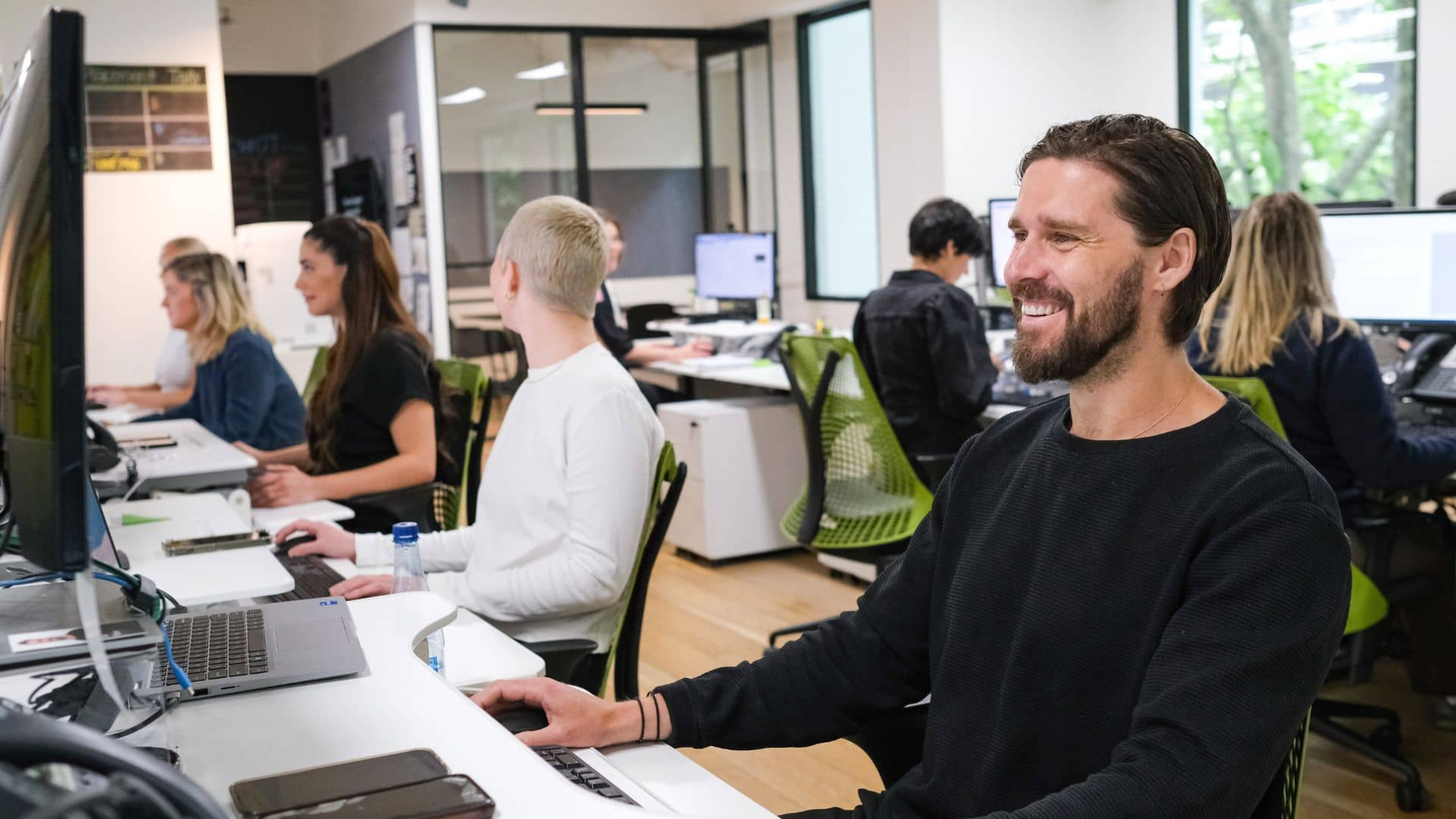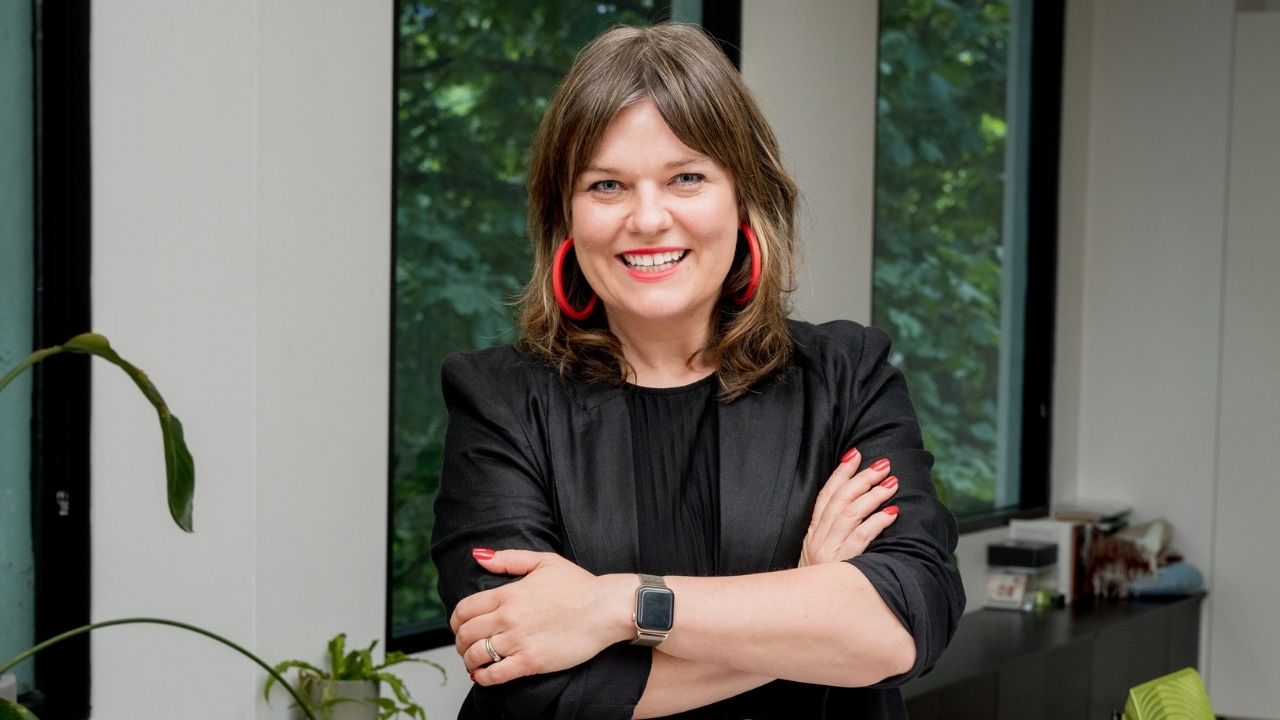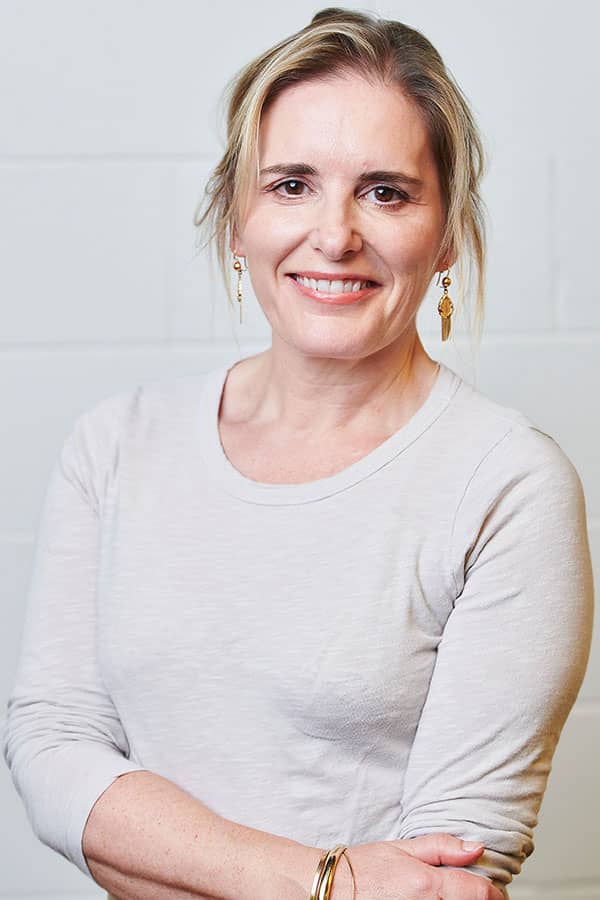
6 Tips for Starting Your Career in Architecture
Building a successful career in architecture or design involves more than just technical skills. Seasoned professionals will tell you that mastery also involves developing qualities that are less visible, but no less important. We spoke to several accomplished architects and designers from across the industry to access their wisdom about what it takes to thrive in our world.
Building a successful career in architecture or design involves more than just technical skills. Seasoned professionals will tell you that mastery also involves developing qualities that are less visible, but no less important.
We spoke to several accomplished architects and designers from across the industry to access their wisdom about what it takes to thrive in our world– and we’re delighted to share it with you here.
1. Ask questions
When you’re starting out in your career, curiosity isn’t just encouraged – it’s essential. “Don’t be afraid to ask questions,” says Angela Wu (KPF). “If you just follow directions, you’re not going to learn.”
Making a habit of asking questions will grow your knowledge and demonstrate your engagement with your work. Plus, it’s a great way of ensuring you’re always reflecting on the new experiences and situations at hand.
The importance of asking questions extends across your entire career journey, from leaving a strong first impression in a job interview to getting the most out of internships. Remember – the only silly question is the one left unasked!
2. Embrace patience as a virtue
In the early stages of your career, it’s normal to feel frustrated with the pace of your development as an architect or designer. “Have patience in what you’re doing. The profession of architecture takes a lot of time to get good at,” says Brian Wickersham (AUX Architects).
Architecture and design jobs demand a long-term commitment to mastering technical competencies, understanding complex design principles and gaining hands-on experience to put this all into practice. This can be particularly daunting to face for early career professionals – but it’s important to remember it’s all part of the process.
Although it might feel like you’re not making progress, you probably are! “Take a deep breath,” Brian suggests, and remind yourself you’ll get there – “it just takes time.”
3. Get an internship
When starting your career in architecture, internships are the key to getting that leg-up into the types of roles you want.
“Get an internship. Work somewhere over the summer,” advises E.B. Min (Min Design). “Get some experiences, wherever you can, to really see what it’s like to go from studio to practice.”
Not only do internships build your resume, but they’re also vital for building your professional network and developing your portfolio, which can be tough when you’re new to the industry. As an intern, you also have an enviable range of opportunities to learn from experts and soak up their wisdom.
4. Adapt to the new normal
Considering the changing expectations of architecture and design workplaces, Ross Hoekstra (Progressive AE) observes: “In the post-pandemic hybrid work environment, there are fewer opportunities to make an impression.”
Without being in the office every day, it can be more difficult to make connections – especially as a junior member of the team. To overcome this, Ross advises treating any opportunities for interactions (whether they be an important presentation or daily Zoom check-in meeting) with “a little more preparation.”
Even if your work has shifted back to mostly in-person, demonstrating your willingness to prepare is sure to make you stand out as a dependable and resourceful team member – and makes it easier to connect with colleagues and managers alike.
5. Find your focus
Finding your niche early in your career can be a significant advantage in your professional development – but it’s okay (and normal) if you’re not quite there yet.
“Find a way to focus on particular interests at specific points in your career and then decide if that is what you really love,” advises Michael DeGregorio (Hood Design). If it turns out not to be your passion, you’ve still gained valuable insights to help advance you into the next chapter of your career. This approach allows you to explore various facets of architecture, hone your skills and discover what truly excites you along the way.
6. Look for the lesson
Ryan Kurlbaum (Perkins&Will) shares a valuable insight gleaned from poet T.S. Eliot’s quote: ‘Everyone gets the experience. Some get the lesson.’ Spinning this into wise architecture career advice, Ryan expresses that “the idea that you’re moving through your career and experiencing hardship or going through difficulty is often more palatable when you can turn it into a lesson or something productive.”
Treat every challenge, setback (or success) as an opportunity to reflect and improve your skills. By actively seeking out lessons from every experience, you’ll not only enhance your knowledge in the short term but also find yourself more resilient and agile in achieving your long-term goals. Ryan also echoes Brian Wickersham’s emphasis on patience: “It’s a marathon, not a sprint.”
Get more architecture career advice
Need more advice on developing your career, building your portfolio and finding new roles? The team at Bespoke Careers is happy to help you make the right decisions and connections.
As architecture and design recruitment specialists, we can guide you with insights into what studios and firms are looking for and where you can make your mark.
For further information, visit our blog for career tips and resources, or follow us on LinkedIn and Instagram for industry news, events and job opportunities.


Looking to hire top talent
 or advance your career? Let's talk.
or advance your career? Let's talk.
We connect exceptional firms with talented professionals.
Whether you're looking to hire or explore new career opportunities, let’s discuss how we can help you achieve your goals—get in touch today.
Related Posts

The new year offers another enticing schedule of events for architects and designers of all persuasions.
We’re often asked about whether it’s best to work for a large or small architecture and design firm.
For newly qualified architects or designers, your decision to work for a large or small company will be influenced by your career goals, working style, ambition and even your personality.
63% of hiring managers report a talent shortage in the UK – which was the highest of the three nations surveyed by Bespoke Careers.

